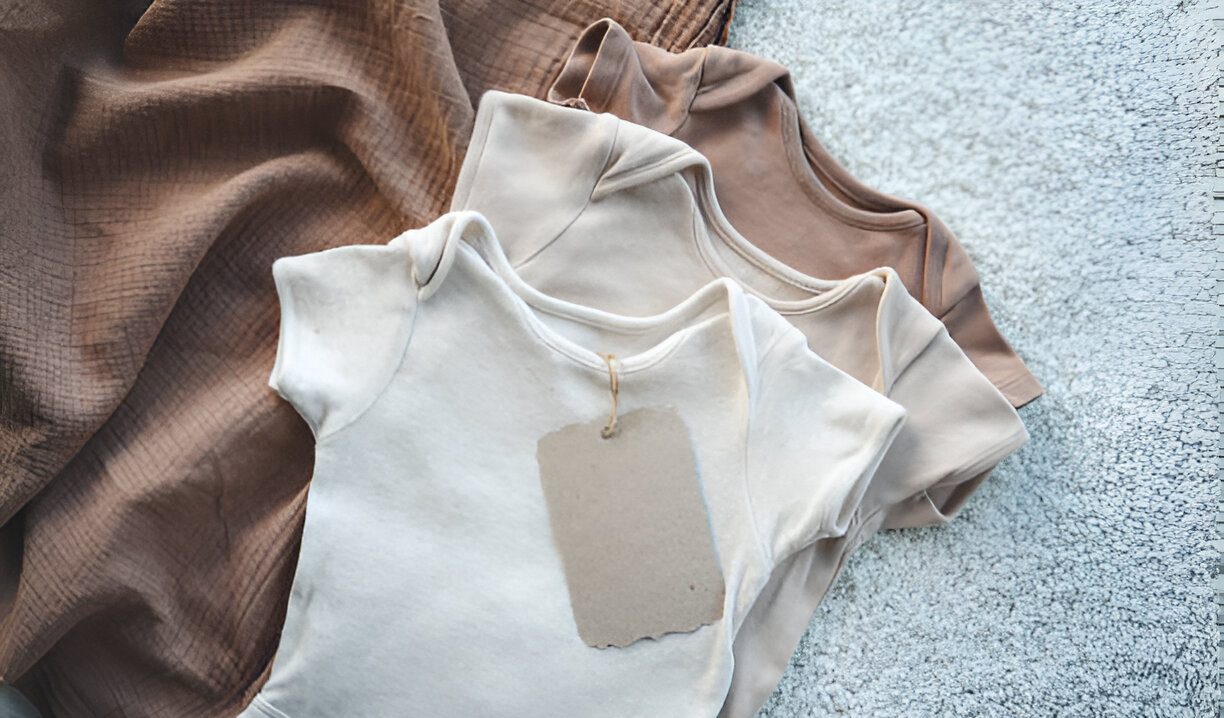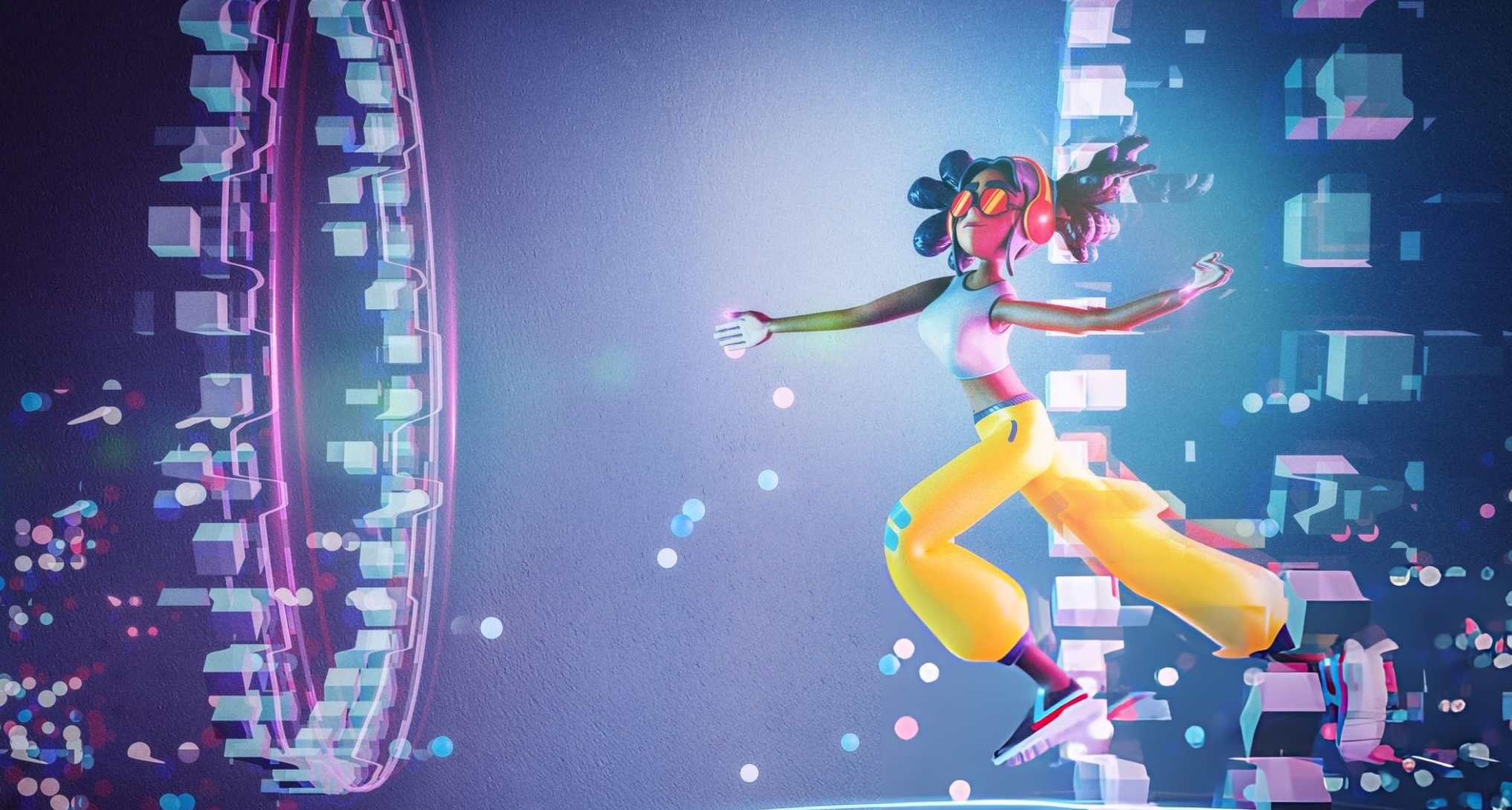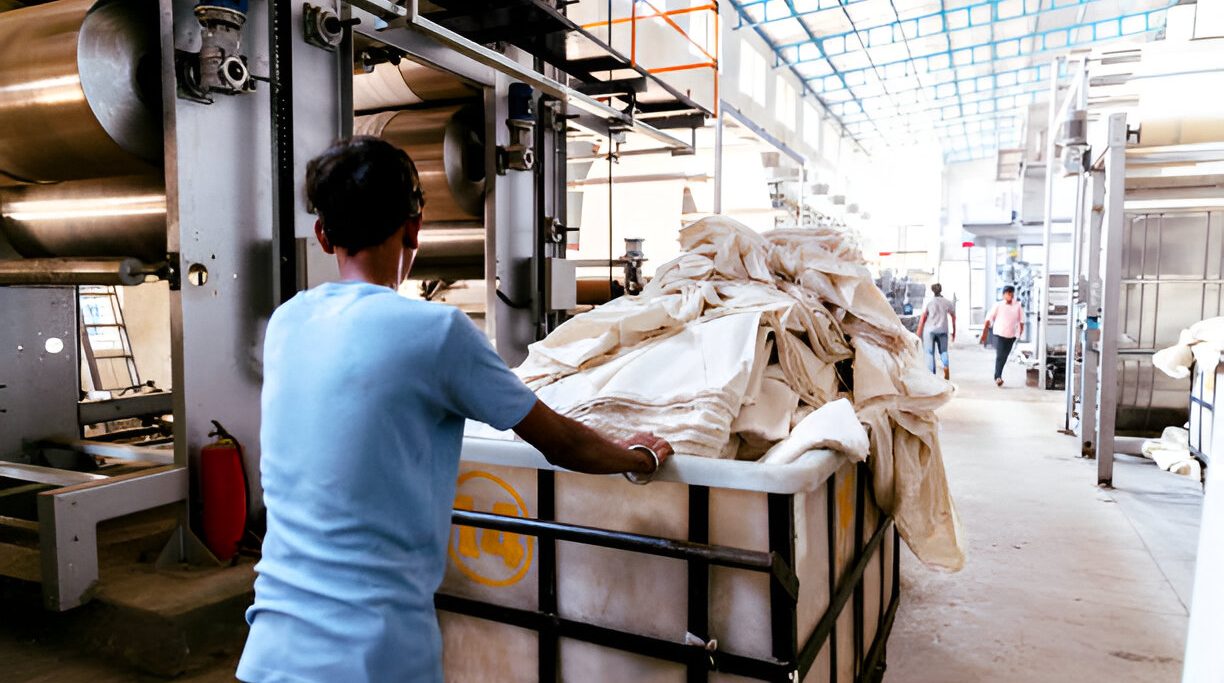Color coordination is one of the most critical aspects of fashion design, significantly influencing the aesthetics and perceived quality of garments. One technique that designers and manufacturers frequently use to achieve seamless color matching is called Dyed to Match (DTM). This process ensures that all components of a garment, such as buttons, zippers, threads, and trims, perfectly match the primary fabric. In this blog, we’ll explore what DTM means, its benefits, the process, and why it’s essential for fashion brands aiming for impeccable design.
What Does Dyed to Match (DTM) Mean?
DTM (Dyed to Match) refers to a dyeing process where trims, accessories, or other garment components are dyed to precisely match the fabric of the main garment. This technique ensures a uniform and cohesive look, enhancing the overall appearance of the clothing.
Why is DTM Important in Fashion?
DTM is not just a design preference but a quality indicator. Here’s why it’s so important in the fashion industry:
1. Enhanced Aesthetic Appeal: Perfect color matching elevates the design, making garments look polished and well-crafted. Mismatched colors can make even the most expensive garments appear cheap and unprofessional.
2. Brand Consistency: For brands, especially those with specific color themes, DTM ensures that every component of the garment adheres to brand guidelines. This consistency builds brand identity and consumer trust.
3. Custom Designs: DTM allows designers to create custom looks by selecting unique colors for every component. This flexibility enables the creation of signature pieces that stand out in the market.
4. Quality Perception: Consumers often associate perfect color matching with high quality. DTM gives the impression that the garment has been carefully crafted, justifying higher price points.
The DTM Process: How It Works
The DTM process involves several steps to ensure that all garment components are dyed to match the main fabric perfectly:
1. Color Matching: The first step is matching the desired color of the main fabric. Designers often provide a fabric swatch or Pantone color reference to the dye house.
2. Dye Testing: The dye house conducts small-scale tests, dyeing samples of trims, threads, or other components to ensure the dye formula produces the exact shade required.
3. Lab Dips: Lab dips are small samples of dyed material sent to the designer for approval. This stage allows for adjustments before full-scale production begins.
4. Production Dyeing: Once the lab dip is approved, the dye house proceeds with the full dyeing process, ensuring each component matches the approved color sample.
5. Quality Control: The final step involves rigorous quality checks to ensure that all components meet the specified color standards before they are shipped for garment assembly.
Components Commonly Dyed to Match
DTM is used for various garment components to ensure uniformity. Here are the most common items that undergo the DTM process:
1. Buttons
Buttons are one of the most visible parts of a garment. DTM buttons are often used in shirts, blouses, dresses, and outerwear. They can be made from materials like plastic, resin, wood, or even metal and dyed to match the fabric perfectly.
Also read about Sustainable Buttons here
2. Zippers
Zippers are essential for functionality and can be an eyesore if they don’t blend with the fabric. DTM zippers are often used in jackets, skirts, and dresses to maintain a seamless look. They can be dyed with coil, metal, or plastic teeth.
3. Threads
Matching thread color to the fabric is crucial for the integrity and appearance of seams. DTM threads help ensure that stitching blends into the fabric, providing a clean and professional finish.
4. Trims and Embellishments
Trims, such as piping, lace, or ribbon, are often dyed to match the garment to maintain design continuity. Embellishments like sequins or beads can also be dyed to ensure they don’t stand out unless intended.
5. Elastic Bands
Elastic bands are commonly used in waistbands, cuffs, and hems. Dyeing elastics to match the main fabric ensures they blend in and don’t disrupt the garment’s overall look.
Also read about Different types of Zippers here
Benefits of Dyed to Match (DTM)
DTM offers numerous advantages for designers, manufacturers, and consumers alike:
1. Perfect Color Coordination: The most significant benefit of DTM is the flawless color coordination it brings to a garment, enhancing its overall appearance.
2. Versatility in Design: DTM allows designers to experiment with unique color combinations without being limited by standard color options from suppliers.
3. Improved Product Quality: Matching all components creates a cohesive, high-quality look that is attractive to consumers.
4. Enhanced Branding Opportunities: For fashion brands, DTM helps create signature looks that set them apart in the marketplace.
5. Reduced Waste: The precise color matching reduces the need for re-dyeing or replacing mismatched components, cutting down on material waste.
Challenges in the DTM Process
While DTM offers many benefits, the process is not without its challenges:
1. Color Variations: Achieving an exact match can be difficult due to differences in materials. For example, dyeing metal zippers and fabric trims to the same shade requires precise adjustments to the dye formula.
2. Cost: DTM can be more expensive than using pre-dyed components, as it involves extra steps like lab dips and additional quality control.
3. Time-Consuming: The approval process for lab dips and dye tests can add extra time to production schedules, making it essential for brands to plan well in advance.
How to Implement DTM in Your Fashion Line
If you’re considering using DTM in your fashion line, here are some tips to ensure success:
1. Choose Reliable Suppliers: Work with dye houses and suppliers who have experience with DTM and can provide consistent results.
2. Communicate Clearly: Provide precise color references, such as Pantone codes or fabric swatches, to ensure your supplier understands your requirements.
3. Test Thoroughly: Don’t rush the approval process. Test multiple lab dips and check samples in different lighting conditions to ensure the colors match perfectly.
4. Plan Ahead: Incorporate DTM into your production timeline to accommodate additional steps like dye testing and quality control.
DTM in Sustainable Fashion
DTM can also support sustainable fashion initiatives. By choosing eco-friendly dyes and working with responsible dye houses, brands can ensure that the DTM process aligns with their sustainability goals. Using natural dyes and water-saving techniques can further minimize environmental impact.
Conclusion
Dyed to Match (DTM) is an invaluable tool in fashion design, offering perfect color coordination that enhances garment quality and aesthetics. While it involves a few extra steps, the results are worth the effort, creating beautifully cohesive pieces that resonate with consumers. By understanding and implementing DTM, fashion brands can elevate their collections, ensure brand consistency, and appeal to a market increasingly focused on quality and attention to detail.
Whether you’re a designer seeking to refine your color matching or a brand looking to enhance your product line, DTM offers a pathway to more sophisticated and polished fashion.



